All about dahlias
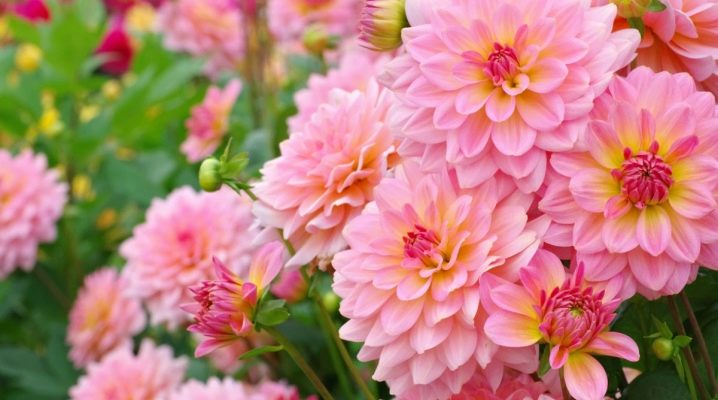
Dahlias are flowers that have long gained popularity and are loved by many flower growers. There are many beliefs and legends about this flower. The number of forms and shades of the plant is striking in its diversity, for each garden there is its own variety. Such flowers will decorate a home flower garden, loggias, balconies, borders and perfectly complement any flower arrangement.

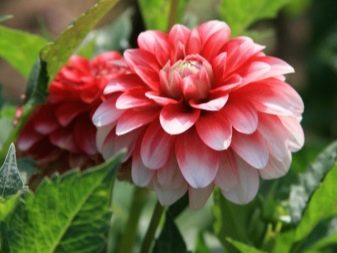
Description
The homeland of the dahlia is considered to be Central America. This flower was brought to Europe from Mexico in the 18th century. Local tribes used the tubers for food and in the treatment of various diseases. Europeans immediately appreciated the decorative qualities of this flower. In Russia, the plant was named in honor of the St. Petersburg academician I. Georgi, and the people began to call it a dahlia. In scientific circles, the name is recorded in the feminine gender - dahlia.
Dahlia or Dahlia belongs to the Aster family. Its flowering time is from mid-summer to mid-autumn. It all depends on the region where the flowers grow, from their care, plant varieties, etc. This is an autumn flower that pleases with bright colors right up to the frost. At low temperatures, the ground part of the plant dies off.
Most often these are perennial plants with tuberous thickened roots, but there are also annual varieties.
Some gardeners argue that even from annuals it is possible to grow plants for more than one year, if you have certain knowledge and take good care of them.
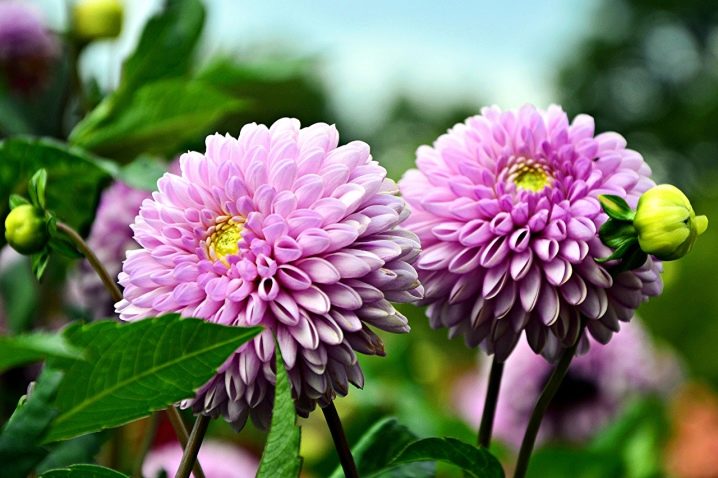
The stem of the flower is hollow, depending on the variety, it can grow up to 2.5 m. The leaves are feathery, in pairs and oppositely sitting. Inflorescence is a basket, petals, depending on the variety, are twisted or flat in different ways.
Dahlias are known for their unpretentious care and variety in flowering.
They look good both on home gardens and in cityscapes. Florists and people who are not indifferent to beauty love this plant for the variety of colors, shapes and sizes of the flower.
The following dahlias are distinguished by the height of the stem:
- tall - 1.2 m and more;
- medium-sized - 90-120 cm;
- undersized - 60-90 cm;
- low - up to 60 cm.
By the diameter of the inflorescence are:
- more than 25 cm;
- 20-25 cm;
- 15-20 cm;
- 10-15 cm;
- up to 10 cm.

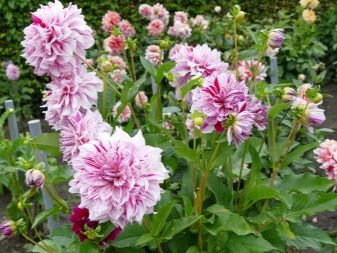
Today there are more than 15 thousand varieties of dahlias. In the international classification, there are 10 main groups of plants. They differ in shape, structure of inflorescence, shape of petals and terry.
Non-double or single row
The petals are arranged in one row in a flower with a diameter of 10 cm. They are low in height - less than 50 cm. Propagate through seeds.
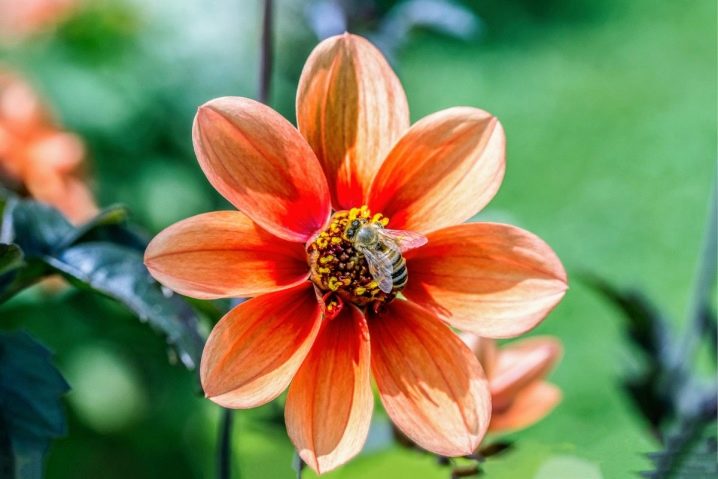
Anemone
Below the flower petals are arranged in one or more rows. In the middle, the petals have an elongated tube shape. Flower diameter - 10 cm, plant height - 60-90 cm.
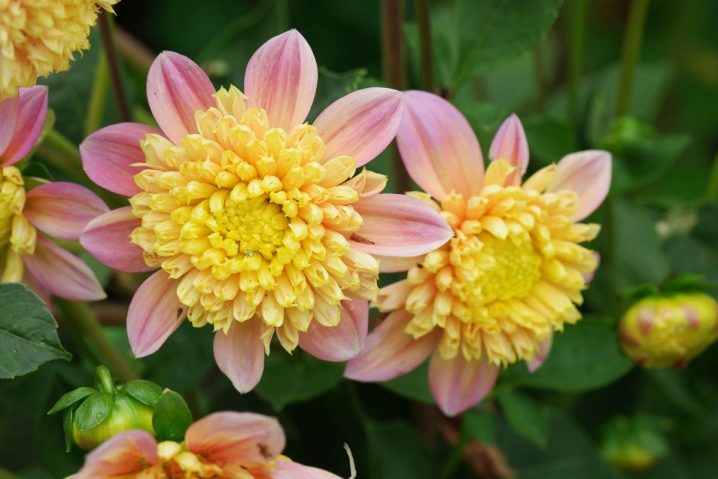
Collar
The inflorescence consists of one outer row of petals and one inner row. The inner petals are short, curled, have a different color and resemble collars. The diameter of the flower is 10 cm, the height of the plant is 70-120 cm.

Peony dahlias
They have semi-double inflorescences. The petals are flat in shape and form several rows. In the center of the flower are tubular petals. Diameter - 12-15 cm.The height of an adult bush is 75-120 cm.
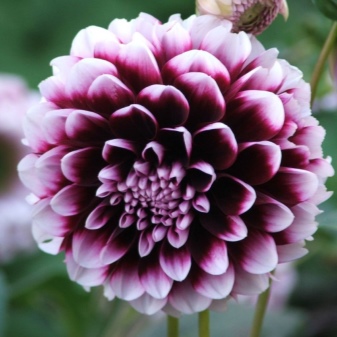
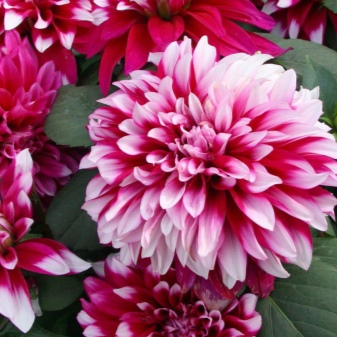
Dahlia decorative
The most numerous class. Differs in a variety of colors of flowering. The flower is lush and completely terry. Petals are flat, slightly curled, bent towards the stem. The diameter of the flower, depending on the variety, can be from 10 to 25 cm.
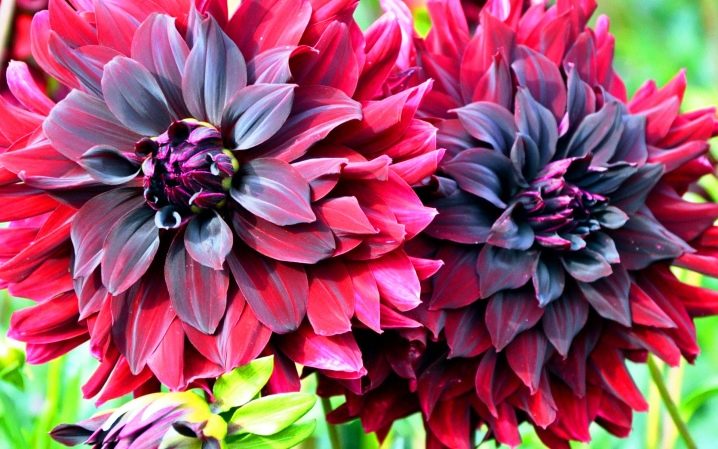
Spherical
The flowers are round in shape with a densely double inflorescence. The diameter of the flower is 8-15 cm. The bush grows to a height of 120 cm. In the lower part, the petals are twisted into a narrow tube, and at the tips they are more round.
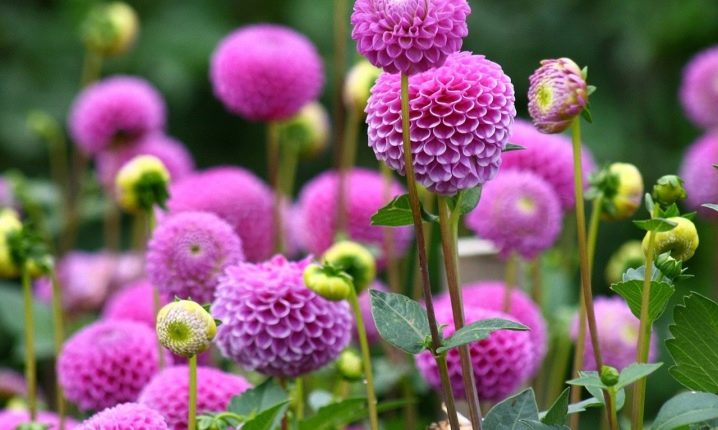
Pompom
Similar to spherical, but smaller in size. The flower has a diameter of 5 cm or more. The lower petals are curled up and have rounded or blunt tips. The bush grows 90-120 cm high.


Cactus
The diameter of the flowers of this variety is absolutely different - from 8 to 25 cm. The height of the plant is 90-150 cm. The marginal petals of the inflorescence have a curled, narrow, pointed shape.
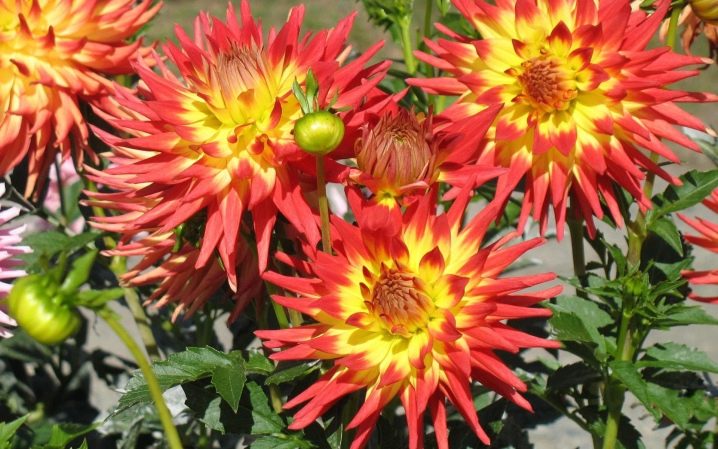
Semi-cactus
Terry inflorescence. Dahlias are very similar in characteristics to the previous variety. At the base, the petals are less than half wrapped.
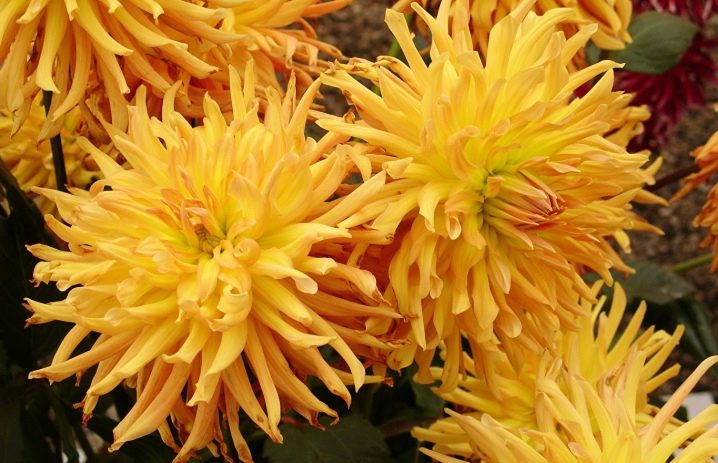
Transient or mixed
This group includes all remaining dahlias that were not listed.
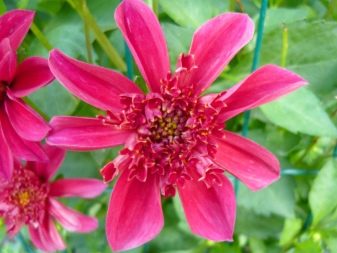
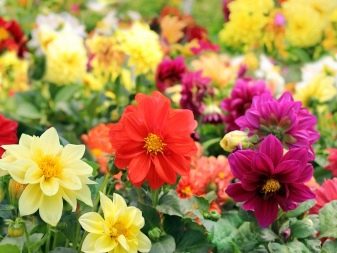
Popular varieties
There are several legends about how this beautiful flower appeared. Here is one of them. The ice age begins, the last fire burns out, a beautiful flower appears in its place. This is a dahlia, which turned out to be quite tenacious. When the ice and snow melted, he was the first to appear. This is probably why the dahlia is considered a symbol of life and rebirth.
Since then, a great many varieties of dahlias have appeared - for every taste and color. Let's get acquainted with several of the most popular types.
- "Sidler stolze" - compact in size, grows up to 40-50 cm in height. Decorative, flower diameter - 10-13 cm. Color - white with a burgundy center. On the bush, the leaves are often not visible due to the flowers themselves. You can admire it for 7 or even 9 months.
This variety does not require a stem tie and easily withstands strong gusts of wind. They can decorate flower beds and borders, balconies and loggias. Feels great in pots. Perennial.

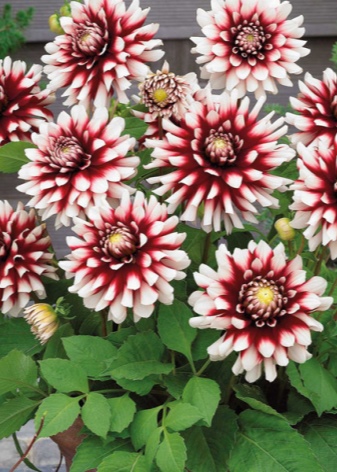
- Decorative dahlia "Ferncliff duo" grows to a height of 130 cm.The flower is white, the tips are lilac-pink, diameter is 14 cm.
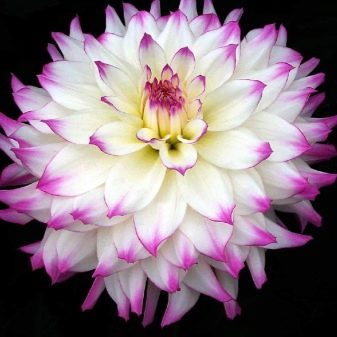
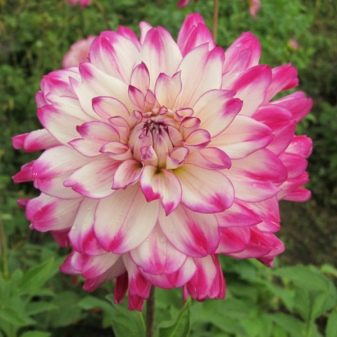
- Dahlia "Melody Fanfare" - a low-growing plant 60 cm high. It blooms in lilac color, the middle is bright, yellow. Grows well in vases, pots, pots. The diameter of the flower is 12 cm.
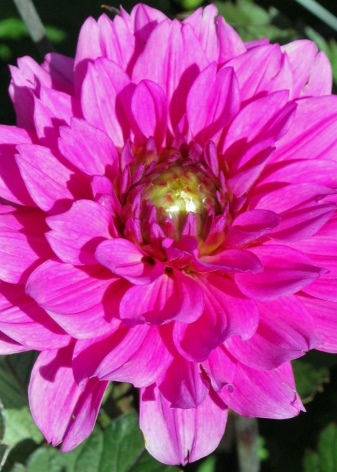
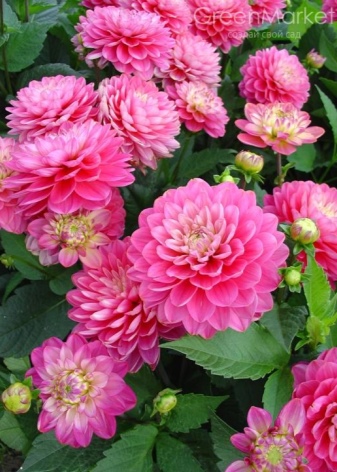
- Myrtle folly - tuberous decorative fringed plant. It grows up to 120 cm. A cream-colored flower with dark pink tips, Diameter - 15-20 cm. Petals in the form of twisted tubes with strongly dissected tips. Propagated by tubers.

- "Paso Doble" - grows up to 110 cm. The flower is bright, with a lemon-yellow center, and the lower petals are white. The diameter of the flower is 12 cm.
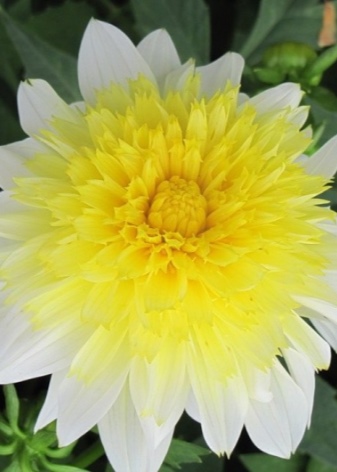

- "Grand final" - the variety belongs to the group of semi-cactus. A large flower with a red color, the ends are white-pink. The diameter of the flower is 25 cm, the height of the plant itself is up to 100 cm. In this group, the reed petals are wider at the base. From the center, they diverge in all directions.

- Frost nip - The height of an adult plant is 90-120 cm. The flower is large, 22 cm in diameter. Bronze-orange in color, with pointed white tips. Belongs to the group of decorative.
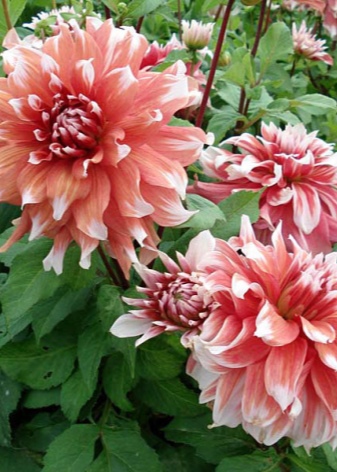

- "Cordessa". The diameter of the flower is 14 cm. The height of an adult plant is 100 cm. The color is white with a light purple border. Refers to decorative.
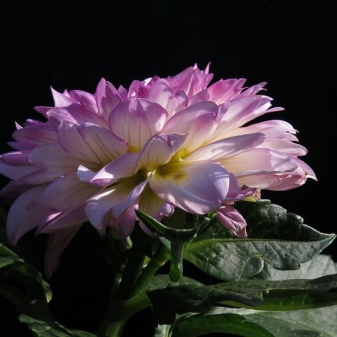
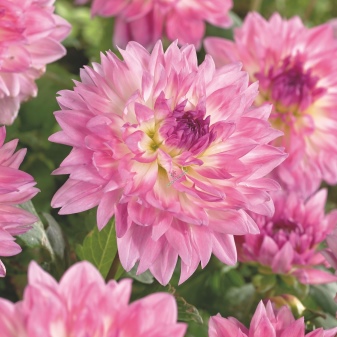
Landing
Planting dahlias is easy, but it takes some knowledge of how to do it right. Perennial tubers should be prepared in autumn, and the seeds should be bought in advance. Depending on whether the flower is grown by tubers or seeds, the process will take place slightly differently.
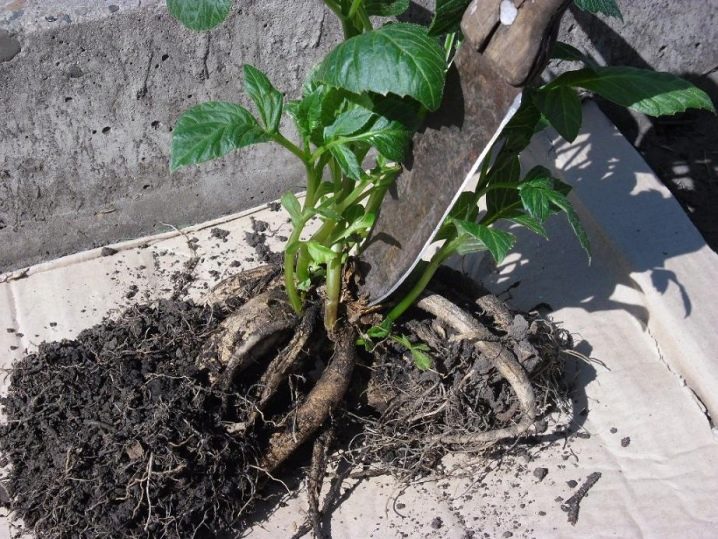
Specialty stores offer a huge selection of seeds.
They can be sown outdoors, but if you want dahlias to bloom longer, sow and grow seedlings in advance.
This will take about 35 days, so you should start doing this in early May.
The instructions for sowing seeds are pretty simple.
- Prepare the land (buy or prepare it yourself in the fall). The first method is easier: no need to waste time preparing in the fall. The second method is more time consuming and will take additional time.
- Mix soil, peat and sand in a 2: 1: 1 ratio.
- Transfer the soil to a container and plant the seeds.
- Sprinkle them with a little earth on top, literally 3-5 mm.
- Water the soil immediately after preparing and sowing the seeds with a small sprayer, and then water as the soil dries.
- Place in a warm place with a temperature of 25-27 degrees.
- Ventilate the seedling area daily.
- After 10 days, plant the seedlings in individual containers.
- Before planting, prepare the soil in advance and spill it with a hot potassium permanganate solution. Do this three days before picking seedlings in an individual container. Water as needed.
- Take out the seedlings to fresh air during the day for a couple of hours 1-2 weeks before planting in a flower garden, this adapts the plants to the abundance of air.
- Plant seedlings in open ground when the soil warms up to 10 degrees and the threat of frost has passed. The optimal time is early June.
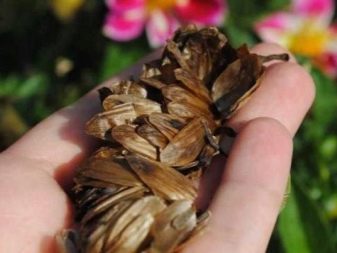
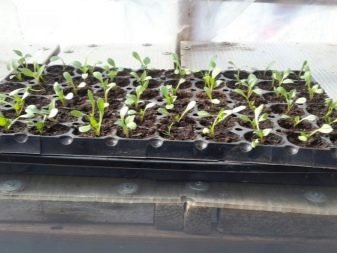
The process of preparing for planting dahlias with tubers (modified shoots) consists of several stages.
- If you buy tubers in a store, then be careful, probe for a future purchase. The root tubers should be strong, fleshy, and the neck not rotten.
- Many experienced flower growers store tubers from autumn. Take them out and examine. Cut off all unnecessary (dry or rotten areas). If the roots are flabby, you should not plant the plant. Treat the cut with brilliant green or potassium permanganate for the prevention of diseases.
- Soak the roots in a weak potassium permanganate solution after storage. Then lay them in a row and place them in the sun or in a warm place to dry. The main thing is not to overdry.
- Before planting, divide the tubers into several parts with a regular knife.
After the preparatory phase, plant seedlings or root tubers in open ground. In doing so, try to adhere to the following recommendations.
- Plant your plants in warm ground. Don't rush because of unpredictable weather. Frosts can occur even in late spring, so plant dahlias in late May or early June.


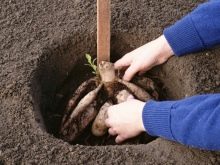
But flowers can also be saved from low temperatures, for this you need a plastic 5-liter bottle. Cover the planted plants with it on top.
Pre-cut the top of the bottle, and make a few holes at the bottom to allow the plant to breathe.
Cover the bottle with earth for warmth. You can replace it with a film.
- Choose a place for landing that is sunny and well-ventilated, but protected from strong gusts of wind.
- The soil should be loose and water permeable. Dahlias grow in any soil, but choose an area rich in humus.
- Water the plant as needed after planting as the soil dries out. Pouring dahlias with water is dangerous - the roots can rot.
- In the fall, add compost and humus to the soil at the rate of 3-5 kg per square meter.
- In the spring, for the growth of dahlias, add wood ash and compost to the planting site, it is better if it is not deciduous. Rake everything with a rake.
- Change the planting site whenever possible every season.
- Do not plant dahlias in the place where the asters grew to prevent infection with fungal diseases.
- The acidity of the soil favorable for dahlias is pH 6.5-6.7.
- Plant dahlias at a distance from each other. Large and medium varieties - 1 m apart, dwarf - 0.5 m.

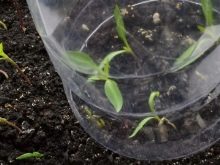
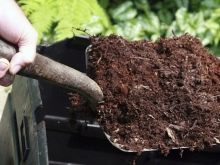
Get tubers for planting in advance - about 2-3 weeks before planting in the ground. In order for the plants to be beautiful, healthy and as bright as possible, it is necessary to divide the tubers before planting. This must be done for several reasons:
- a flower with one or two stems blooms and grows better;
- the variety does not degenerate and rejuvenates - the development of root tubers occurs.
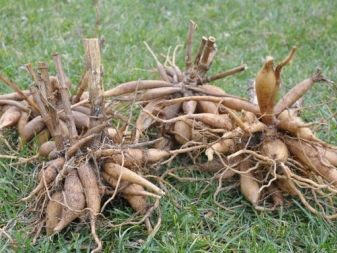
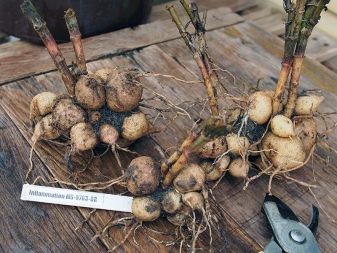
For planting, you can use several methods. First method: plant directly in open ground in the garden. The process looks like this:
- after preparing everything you need, dig a hole, which will be three times the volume of the root system;
- put rotted manure on the bottom and sprinkle with a small layer of earth so as not to burn the roots;
- place the root in the hole and cover it with earth - the bud should be at the top;
- roll the stem down with the ground too, leave only a few centimeters above the surface, this will give additional support for the plant, especially if the flower is tall.
The second method will protect the plant from frost. For him, start sprouting tubers in the spring as follows:
- plant cut and processed tubers in a container with peat or fertile soil;
- water and leave for a couple of weeks, the temperature should be 18-20 degrees;
- after the appearance of buds, divide the roots into shares;
- plant the delenki again and leave for a while;
- Plant the plant outdoors as soon as the soil warms up to 10 degrees.
This method is perfect for regions with short summers. Plants will bloom earlier and will delight you with their bright colors for a longer time.
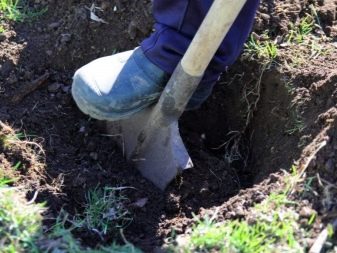

Outdoor care
Dahlias are easy to care for.
- Make a layer of mulch under the plant, it will protect it from slugs, weeds, and moisture will evaporate less.
- Water the flower 1-2 times a week, but be guided by the weather conditions. Do not overfill the dahlias, the roots may rot.
- Spud the plant to water less often. Rake the soil before watering, and fall asleep again after watering.
- In the process of growth and development, feed the plant in turn with organic and mineral fertilizers twice a month.
- The stems of dahlias are hollow, they can break from strong gusts of wind. Tie flowers to a secure support. If the stem breaks, it can be reanimated with a splint. Use a stick to fix the break point and tie it to the support.
- Trim off excess buds and stems. This helps the flower grow better and bloom with large, beautiful buds. It is enough to leave three stems and two buds on one flower. Remove lateral stems from tall plants. Cut off wilted flowers, wilted leaves, and stems.
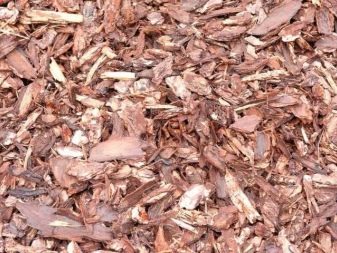

Pest and disease control
Most often, aphids, slugs, earwigs appear on dahlias. You need to be careful and as soon as pests are detected, take action. Soap solution will help from aphids, and treatment of plants with a decoction of wormwood and celandine will save from other pests. This should be done in the evening 1 time in 7 days. At the initial stages, such treatment will help, but if there are already a lot of pests, then it is worth using special preparations.
For ticks, thrips, caterpillars, treat the flower with insecticidal preparations. From slugs, dahlias are treated with superphosphate or pesticides, for example, the "Thunderstorm" drug. "Fitoverm", "Confidor", "Decis" will help from aphids.
Dahlias suffer from many diseases. Often these are fungal diseases that occur due to high humidity and planting density. The following actions will serve as prevention:
- plant in a dry, sunny place;
- observe the distance when landing;
- avoid near groundwater and low areas where water accumulates.
Fungal diseases include gray rot, leaf spot, brown rot, verticillium and fusarium wilting. In the fight against these diseases, use the fungicides Topsin, Fundazol, Benleit or Rovral.
If the disease has dragged on, then remove the plant with roots and burn it, and treat the earth with garden lime. Planting plants after such diseases is not recommended here. The same should be done with plants that are terminally ill. Such diseases include tuberous galls, mosaic virus, mycosis, fusarium.
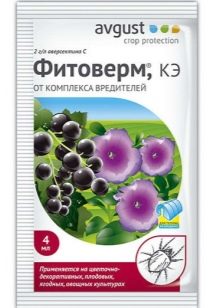
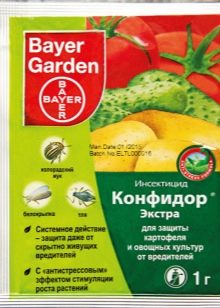

Reproduction
Dahlias are propagated in two ways.
Division of root tubers into shares. The process takes a little time, but it is very beneficial. It is important to follow a few rules when dividing.
- Each lobe should have a kidney and a root collar. As a result, when dividing, you get several slices, and a flower will grow from each.
- Perform division when the sprouts have already grown by 7-9 cm.
- Prune the tubers with a sharp knife, treated with alcohol or formalin, so that there are no infections.
- Do not cut across the root; do it away from the sprouts.
- Cut the cuts with coal or foundation.
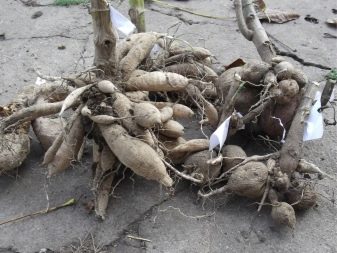
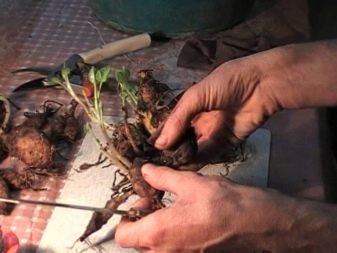
Propagation by cuttings is as follows.
- For germination, plant the root tuber halfway in any container so that the root is in the ground, and the buds with a neck are above the surface.
- Provide additional artificial lighting for the cuttings to grow faster.
- The earth should be filled with humus.
- The air temperature before the emergence of sprouts should be in the range of 20-22 degrees. After that, lower it to 15-17 degrees.
- Water the soil abundantly until sprouts appear, then reduce watering.
- After 2-3 weeks, the stem will begin to grow. When it is 10-15 cm tall, cut it between the two buds.
- Plant the stalk in the soil or place in a glass of water until roots form.
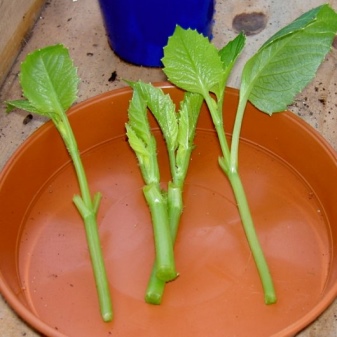
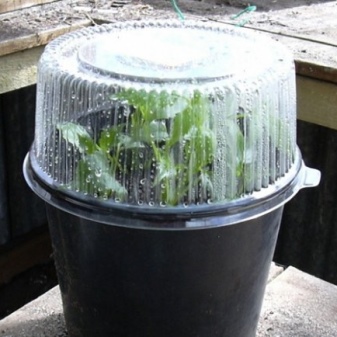
Examples in landscape design
The appearance of dahlias is infinitely varied. These plants look good in group compositions, beautifully frame borders, act as an accent in a flower garden. Low-growing varieties look beautiful on loggias, balconies and in pots.
Experienced flower growers can skillfully combine different varieties of dahlias in a flower bed, but you can also contact a designer.
We suggest that you familiarize yourself with several options for using dahlias in landscape design.
- Low-growing varieties are suitable for garden tracts. Some are irreplaceable as part of a mixborder - this is a composition of flowers of different colors and heights.
- Several undersized dahlias will decorate an alpine slide or rockery. They will make them especially bright and effective.
- Dahlias go well with crops that have the same agrarian characteristics. Most often they are combined with verbena and larkspur.
- Dahlias are planted with different flowers - these are natural perennials, and such plants as gladiolus or the lion's call, and ornamental cereals.
- Anemone dahlias look good with flowers of an unusual shape - zopnik and monarda.
- Decorative and mixed dahlias are often associated with a rustic flower garden. Mallow and pelargonium go well with them.
- Cactus and semi-cactus dahlias look especially elegant and will stand out in any flower garden. They look good against the background of small flowers.
- Anemonic varieties also love dominance against the background of a flowerbed partner. Plants with beautiful foliage and decorative cereals are combined with them.
Beautiful dahlias are undemanding to care for and are varied in shapes and shades. For every grower there is a flower that fits perfectly into the landscape of the garden and will delight with its flowering until late autumn.

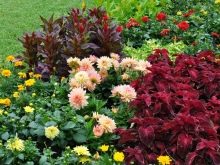
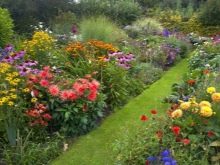
For information on how to care for and grow dahlias, see the video.


































































































The comment was sent successfully.